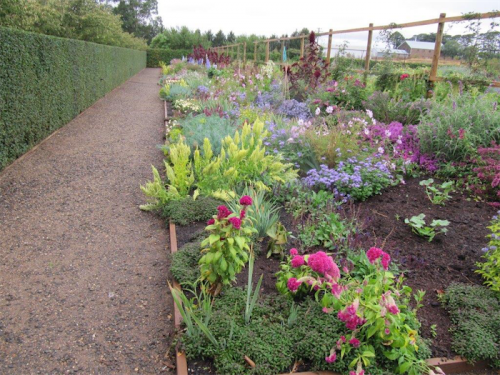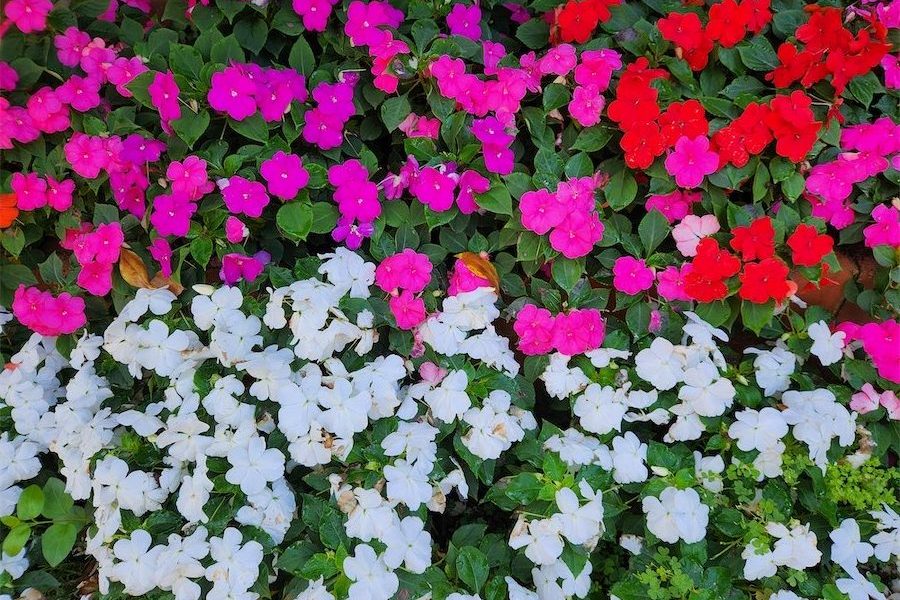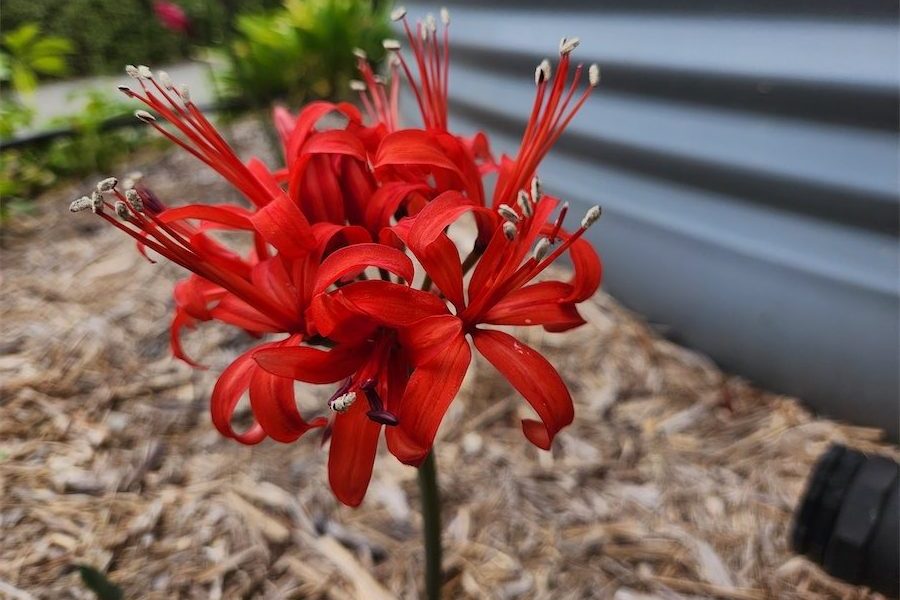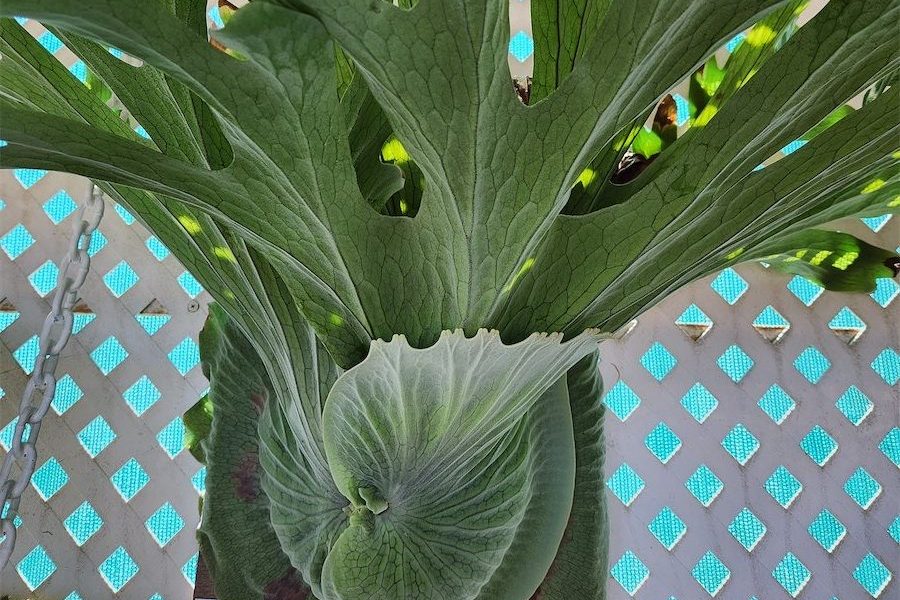
FOR anyone new to gardening, some terms may be confusing.

To clarify a few expressions of gardening jargon:
- Annuals are planted for flowering during one season only. Typical annuals include pansies and violas, which will come to the end of their peak winter flowering period sometime in October. As we go into spring and summer, petunias are the great favourite, lasting into autumn. Punnets of petunias will appear in garden centres any time now.
- Next are the biennials, which are planted this season and flower the following year. They include Sweet Williams.
- Then there are the champions of any garden, the perennials, which can be planted almost any time and will last in most gardens for years.
PERENNIALS have the added advantage of being propagated in ways to give extra plants at no cost.
Once flowering has finished seeds can be gathered by placing a brown paper bag over the flower head just before it dies down and secure it around the stalk. It’s a good idea to use a waterproof Texta pen to write the name on the bag. Don’t use a plastic bag as this will sweat and send the seeds mouldy. Shake the bag occasionally and if the seeds have separated from the flower head it will rattle.
Cuttings can be taken from many perennial plants, but the quickest way to have extra plants is by digging up and dividing the roots.
Lightly trim any scraggy roots and pot up in a premium-grade potting mix. In a few months the roots will be sufficiently established for the plant to be planted out.
One important point is to continually dead head the plants to encourage more flowers.

ENGLISH gardening magazines often feature pictures of magnificent flowering borders and one may wonder how such gardening masterpieces are created.
The answer is by mainly using perennials, which are selected for their size to provide colour almost all the year round. The high plants at the back of the border graduating to low or even ground cover plants at the front.
While many varieties of perennials seen in overseas magazines are not available here, there is still a wide range of local perennials from which to choose.
The Victorian wholesale nursery Plant Growers Australia’s current catalogue lists more than 300 varieties of perennial plants all grown in a similar climate to Canberra. PGA supplies most garden centres in Canberra and while there are, of course, other wholesale growers, I have dealt with PGA for more than 40 years and its plants are top quality.
Jottings…
- Plant perennials in groups of three, five or seven of each variety and colour for maximum effect.
- Water in perennials immediately after planting with organic Maxicrop Seaweed Plant Nutrient to encourage strong root growth.
- Most perennials prefer full sun, but check the label.
- For existing perennials in your garden, it’s not too late to dig and divide for either potting up or filling gaps.
Who can be trusted?
In a world of spin and confusion, there’s never been a more important time to support independent journalism in Canberra.
If you trust our work online and want to enforce the power of independent voices, I invite you to make a small contribution.
Every dollar of support is invested back into our journalism to help keep citynews.com.au strong and free.
Thank you,
Ian Meikle, editor




Leave a Reply